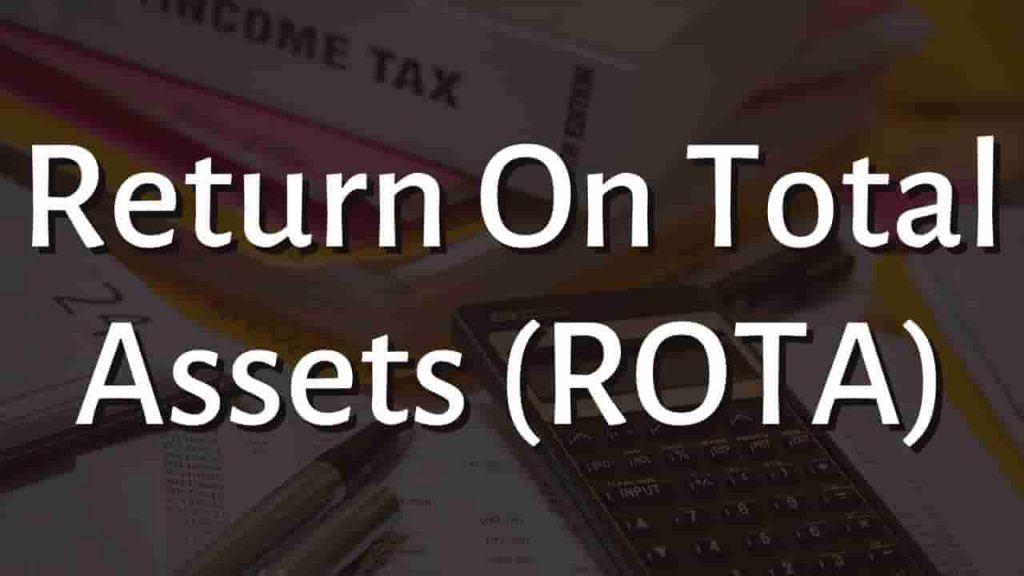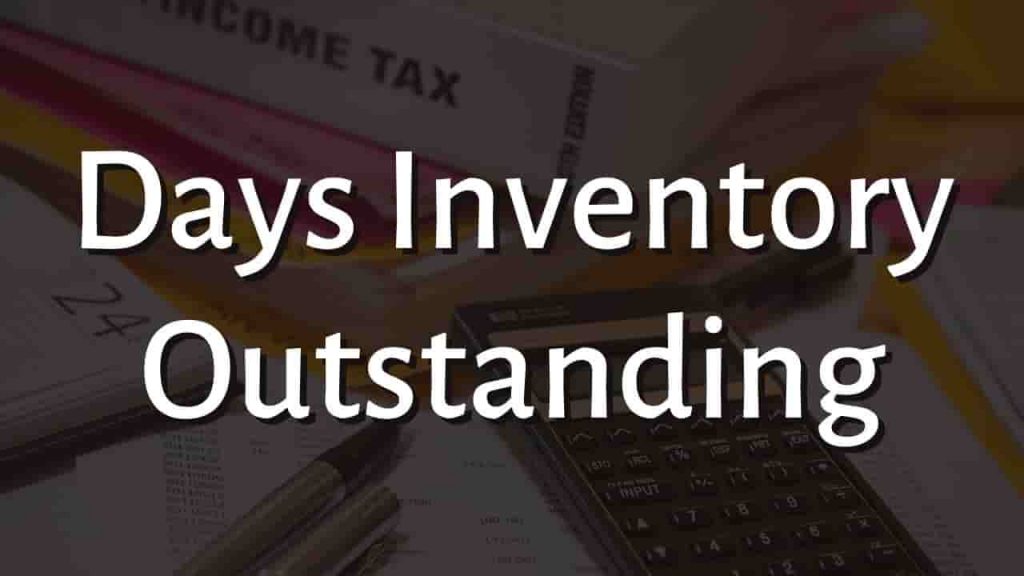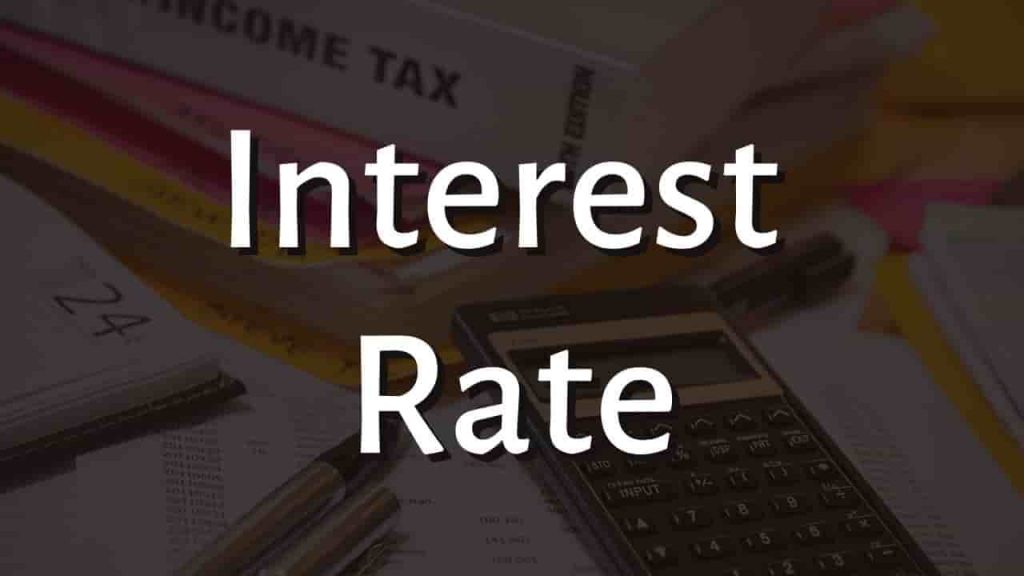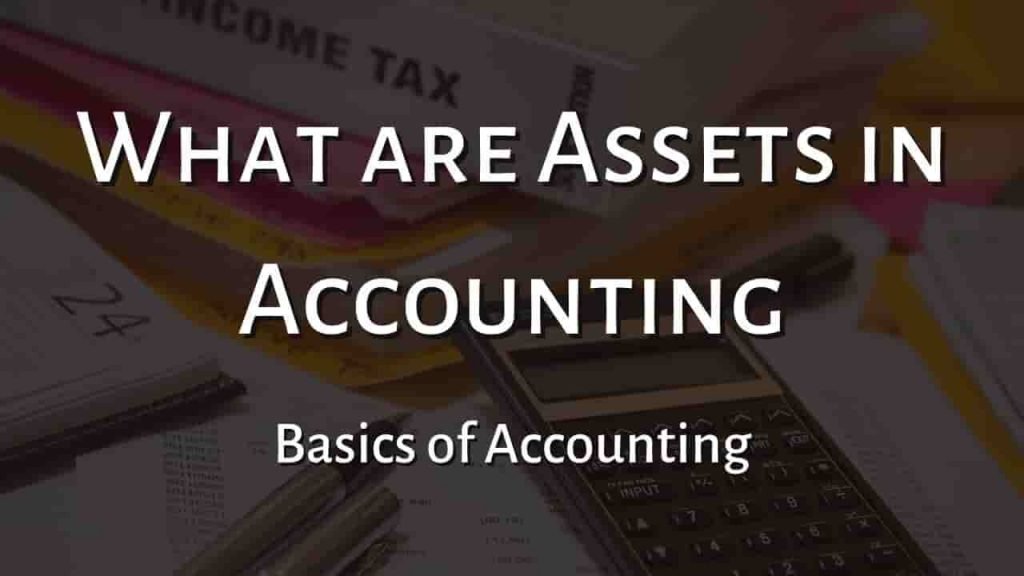Control Accounts
If the trial balance is not balanced, it indicates a mistake in the transaction recording. To discover this mistake, one must go through all of the transactions for the whole year. Now, if the company is tiny, it will be simpler to tell the difference. However, if the company is huge, it might be hard to see the difference. To address this issue, a check method is created in which the ledger accounts are divided into smaller groups and a trial is produced for each group.
Typically, as a company grows, so do the number of suppliers (creditors) and consumers (debtors). If we create a separate ledger account for each creditor and debtor, the general ledger and trial balance would grow too large to handle. So, in order to keep things simple, one ledger is kept for Debtors and one for Creditors.
The Debtors Ledger is also known as the Total Debtors Ledger or the Sales Ledger Control Account (as Credit sales are recorded in this account).
Total Creditors Ledger or Purchase Ledger Control Account is another name for the Creditors Ledger (as Credit purchases are recorded in this ledger).
In General Ledger, one account is held for all Debtors, called the Debtors Control Account, and another for Creditors, called the Creditors Control Account.
Principle of Control Accounts
The basic principle behind control accounts is as follows:
The closing balance of an account may be computed if the beginning balance of the account, as well as the amount of deductions and additions entered into the account, are known.
The same technique is used for the whole ledger; the total of opening balances plus additions and deductions made during the period should equal the total of closing balances.
Individual creditor and debtor accounts are therefore opened in the total creditors’ and total debtors’ ledgers, respectively, and their summarized numbers are reported in the appropriate Control Accounts in General Ledger.
The preceding idea can be illustrated as follows:
Here is the example of Total Debtors Account.
Total of opening balance Dr 30000
Add: a total of debit entries 75000
105000
Less: a total of credit entries (20000)
85000
In the general ledger, the balance of the Debtors control account should be Rs. 85000. If this is not the case, then there is an issue with the recording method that has to be fixed.
Information for Control Accounts – Debtors
We used some information in the preceding illustration. We will now investigate the sources from which the information is gathered.
| Type of Information | Source of Information |
| Opening balance of the debtor | List of debtor balances as of the preceding period’s conclusion. |
| Credit Sales | Individual transactions are recorded in a separate book. The totals are taken from this book. |
| Sales Return | Individual transactions are recorded in a separate book. The totals are taken from this book. |
| Cheque/Cash received | The cash and bank book are used to generate a list of receipts. |
| Closing balance | This is the balancing figure, which may also be found in the list of debtors’ individual balances. |
Consider the data:
Sales Journal
| Date | Invoice | Name | Amount |
| xxxx | X | 10000 | |
| xxxx | Y | 15000 | |
| xxxx | Z | 12000 | |
| Total | 37000 |
The following item will be made in the Debtors Control Account to reflect the total of the sales journal:
Debtors control Account 37000 (Debit)
Sales Account 37000 (Credit)
It should be noted that cash sales are not included in this procedure. They are recorded immediately in the general ledger.
Information for Control Accounts – Creditors
The information flow in the case of creditors is identical to that of debtors, as shown below:
| Type of Information | Source of Information |
| Opening balance of the debtor | List of creditor balances as of the preceding period’s conclusion. |
| Credit Purchases | To record individual transactions, a separate book (purchase journal) is kept. The totals are taken from this book. |
| Purchase Return | To record individual transactions, a separate book of purchase return journal is kept. Totals are taken from this book. |
| Cheque/Cash received | The list of payments is derived from the cash and bank book. Alternatively, a separate column in cash and bank books is kept for this purpose. |
| Closing balance | This is the balancing figure, which may also be found in the list of debtors’ individual balances. |
Consider the data:
Purchase Journal
| Date | Invoice | Name | Amount |
| xxxx | A | 5000 | |
| xxxx | B | 9000 | |
| xxxx | C | 8000 | |
| Total | 22000 |
The total of the purchase journal will be entered in the Creditors Control Account using the following entry:
Purchase Account 22000 (Debit)
Creditors Control Account 22000 (Credit)
It should be noted that cash purchases are not included in this procedure. They are recorded immediately in the general ledger.
Example 1:
Create a Creditors Control Account using the following information and calculate the creditors’ closing balance on April 30.
April 01, Opening balance 40,000
Totals for the month of May
Total credit Purchases 32000
Purchase return 6000
Cheques and cash paid 28000
Discount received 2000

Example 2:
Create a Debtors Control Account using the following information and calculate the creditors’ closing balance on April 30.
April 01, Opening Balance 75000
Totals for the month of May:
Total Credit Sales (Sales journal) 26000
Return Inward (Sales Inward Journal) 3000
Cheques and cash received 46000
Discount allowed 3000

For more click here and if you are looking for full forms of different acronyms and words then check out this list you really gonna find this helpful. We also have an Essay on every topic, Check the complete list here. If you are Studying in Matric Free Video Lectures of Maths, Physics and English are here, and we have got you covered for I.COM Business Maths also.







